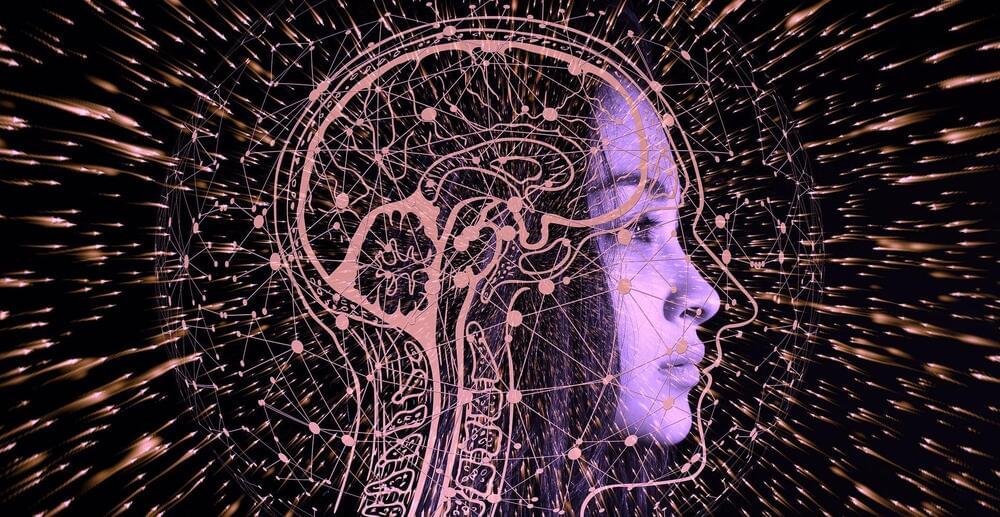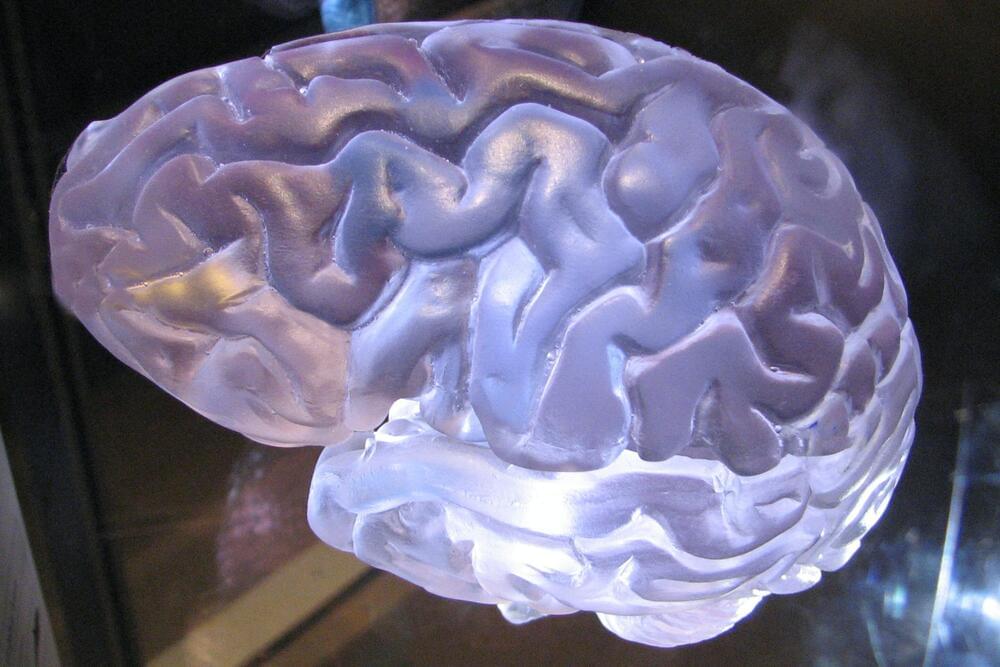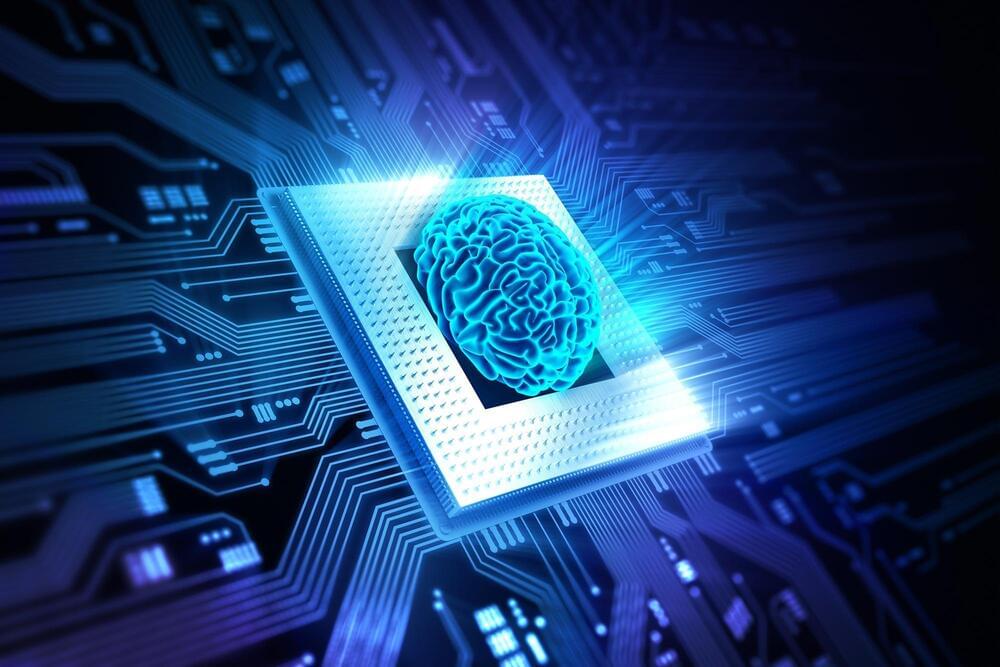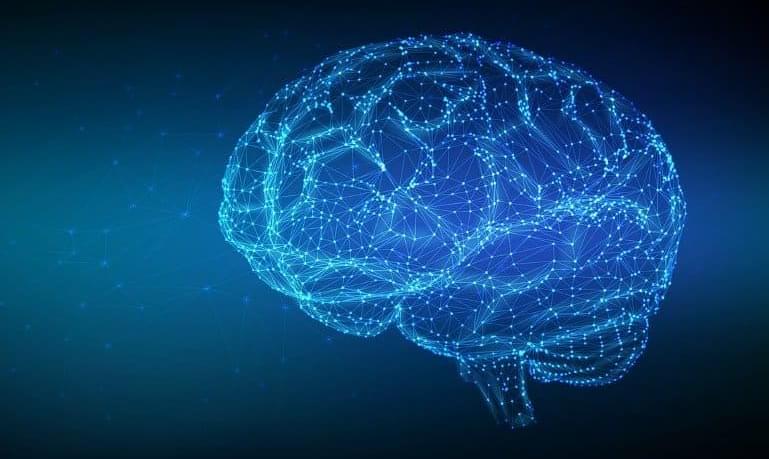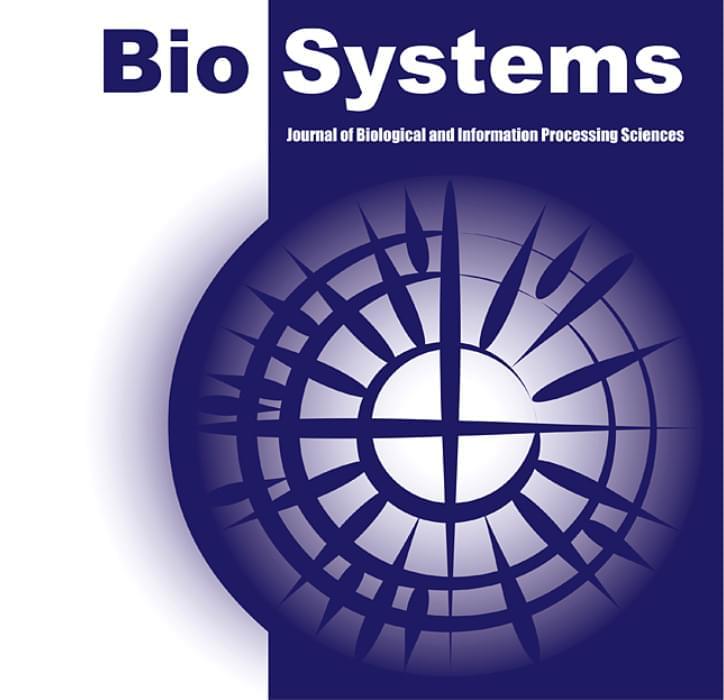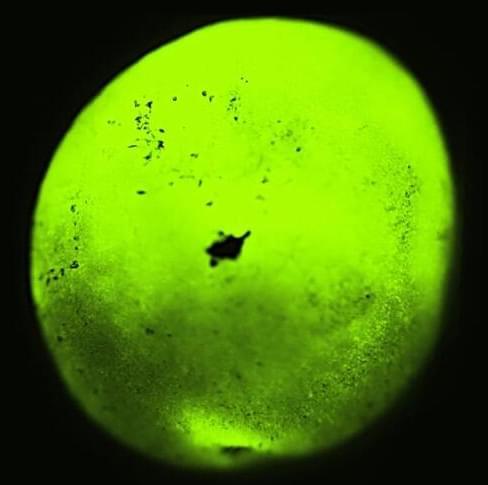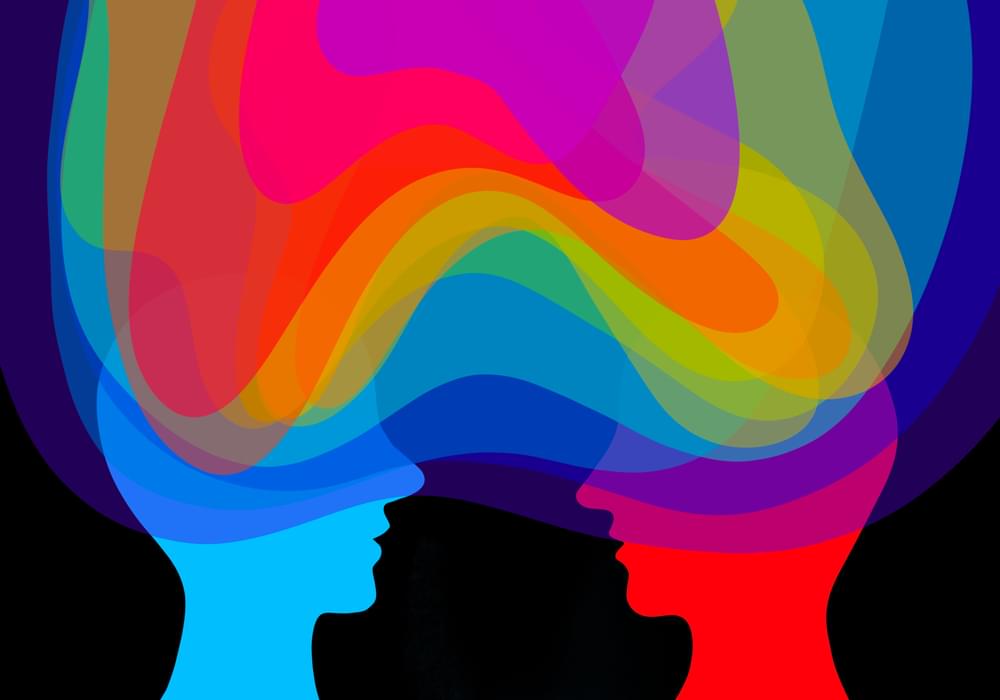Follow our step-by-step video guide for growing cerebral organoids, or brain organoids, from human pluripotent stem cells (hPSCs). We’ll walk you through embryoid body formation, induction, expansion, and organoid maturation.
0:35 — Embryoid Body Formation.
2:57 — Induction.
4:07 — Expansion.
6:42 — Organoid Maturation.
View a printable protocol on how to grow cerebral organoids: https://bit.ly/38hvMDA
Explore resources for neural organoid research: https://bit.ly/34ZGWun.
#CerebralOrganoids #BrainOrganoids #3Dculture.
For a full list of products, as well as educational resources, visit our website: https://www.stemcell.com.
